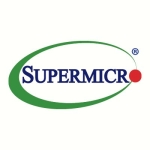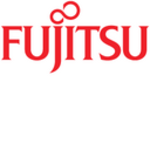We use Dell PowerEdge M for data center consolidation. If a customer requests, we position the blade server to save the cabling or electricity.
The solution's most valuable features are centralized monitoring and management and the ease of upgrading firmware. Dell PowerEdge M has enhanced our virtualization and containerization.
Cisco UCS X-series provides a GPU node and compute node in a single chassis. Dell PowerEdge M lacks GPU nodes and doesn't have a direct solution for GPUs.
I have been using Dell PowerEdge M for three years.
Dell PowerEdge M is a stable solution. Once it's installed, the solution operates without any maintenance.
Our clients for Dell PowerEdge M are medium and enterprise businesses.
The solution provides very good technical support.
Cisco is better than Dell PowerEdge M.
The initial setup of the solution is not straightforward but a little complex. By default, if the switching comes with 100G or 40G, then we need to split it to 10G or 25G as per the requirement. All these configurations are complex in Dell PowerEdge M as compared to Cisco.
In Cisco, we have a GUI or something called Intersight, which allows us to graphically select the ports and deploy them to the corresponding speed. We lack those interfaces in Dell and need to do it in the command line.
One architect and an engineer can install and configure the solution in two to three days.
The solution's pricing is slightly higher. However, we don't require an additional license for it. The solution's pricing depends on the customer's connectivity requirements, whether 10G, 25G, or 100 G.
The solution is scalable, and you can add multiple chassis. You don't need to worry about the physical cabling or the number of switchboards. It can be easily scaled based on the requirement. When we calculate other factors like power and cooling, we'll get savings by the end of the third or fourth year. One person can easily maintain the solution. We faced no challenges integrating Dell PowerEdge M into our existing infrastructure.
Dell PowerEdge M should have GPU addition or future scalability. Cisco claims a ten-year life cycle, wherein its product will support new technology like GPU and water cooling for ten years. However, Dell PowerEdge M lacks that part regarding future enhancements and adaptation to new technologies like water cooling.
Overall, I rate the solution a seven out of ten.














